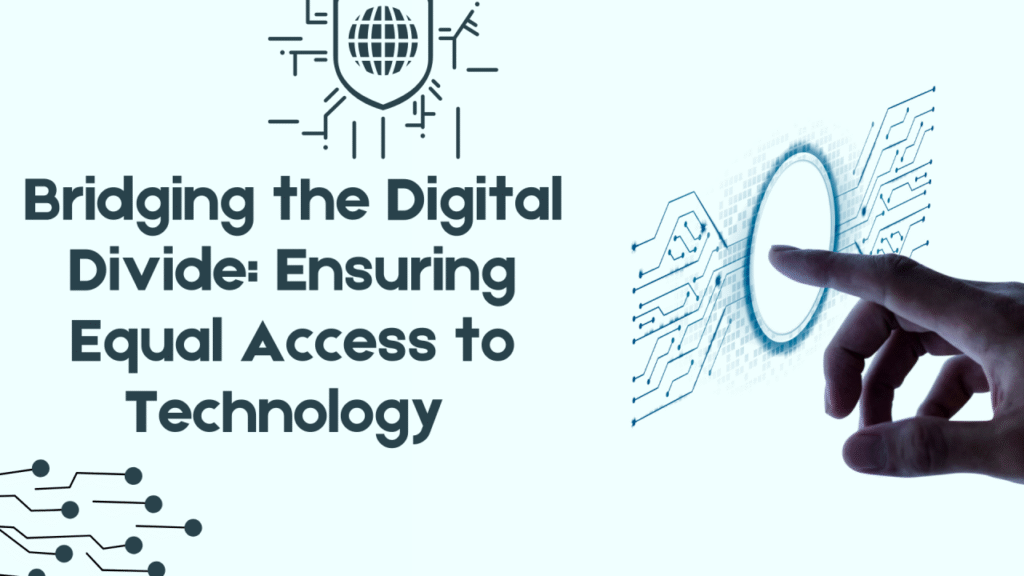Bridging Digital Divides: Ensuring Equitable Access to Educational Technology

The rapid integration of tech in education has created unprecedented opportunities for innovation and personalized learning experiences. Digital tools have transformed traditional classrooms into dynamic learning environments where students can explore concepts through interactive simulations, collaborate across geographical boundaries, and develop critical digital literacy skills. However, this technological revolution has also highlighted and sometimes exacerbated existing inequalities in educational access and outcomes. As schools increasingly rely on digital resources for instruction, assessment, and communication, ensuring equitable access to these tools has become a critical challenge for education systems worldwide.
Understanding the Dimensions of the Digital Divide
The digital divide in education extends beyond simple access to devices and internet connectivity, though these remain significant barriers in many communities. A comprehensive understanding of technological equity must also consider the quality of digital access, the relevance of available resources to diverse learning needs, and the digital fluency of both students and educators. Even when physical technology is present, disparities in how effectively these tools are integrated into meaningful learning experiences can create or reinforce educational inequalities.
Infrastructure Challenges and Solutions
Developing robust technological infrastructure represents the foundation of equitable digital access. Many underserved communities, both rural and urban, continue to struggle with inadequate broadband connectivity, outdated hardware, and insufficient technical support systems. Addressing these infrastructure challenges requires coordinated efforts between educational institutions, government agencies, and private sector partners to expand reliable internet access, implement sustainable device distribution programs, and provide ongoing technical maintenance.
Teachers play a pivotal role in bridging technological divides through their instructional choices and classroom practices. Educators who understand the diversity of their students’ digital access situations can design more inclusive learning experiences that accommodate various levels of technology availability. Professional development that equips teachers with strategies for maximizing limited technological resources and creating flexible learning pathways helps ensure that digital tools enhance rather than impede educational equity.
Culturally Responsive Digital Education
Truly equitable educational technology must address not only physical access issues but also cultural relevance and representation. Digital content and tools should reflect the diverse experiences, languages, and learning styles of all students. Culturally responsive technology integration considers how digital resources can validate students’ cultural identities while expanding their global perspectives. This approach recognizes that meaningful engagement with technology depends not only on physical access but also on seeing oneself represented in digital learning environments.
Family Engagement and Home Access
The increasing reliance on educational technology has blurred the boundaries between school and home learning environments. Family engagement becomes even more critical when digital learning extends beyond the classroom. Schools pursuing technological equity must consider how to support families with varying levels of digital literacy, technology access, and time availability to assist with home-based digital learning. Successful programs often include family technology training, flexible access options for school resources, and clear communication about digital learning expectations.
Sustainable Funding Models
Achieving and maintaining equitable technology access requires sustainable funding models that address both initial implementation costs and ongoing expenses for updates, repairs, and professional development. Schools in under-resourced communities often face particular challenges in sustaining technology initiatives beyond initial grant periods or one-time funding allocations. Strategic financial planning, creative partnership development, and advocacy for equitable resource allocation are essential components of long-term technology equity efforts.
Universal Design for Digital Learning
The principles of Universal Design for Learning (UDL) offer powerful frameworks for developing more accessible and inclusive digital learning experiences. Educational technology that incorporates multiple means of representation, expression, and engagement helps ensure that diverse learners can access content, demonstrate knowledge, and remain motivated regardless of individual learning differences. This approach views accessibility not as an accommodation for specific students but as a fundamental design principle that benefits all learners.
Building Digital Literacy Across Communities
Meaningful technology access requires not just physical resources but also the knowledge and skills to use these tools effectively. Comprehensive digital literacy initiatives address the needs of entire educational communities, including students, educators, families, and community members. These programs recognize that technological fluency represents an increasingly essential component of full participation in educational, civic, and economic spheres.
Data-Informed Equity Initiatives
Effective efforts to bridge digital divides rely on robust data collection and analysis to identify specific barriers and measure progress toward greater equity. Schools and districts that systematically track technology access, usage patterns, and impact on learning outcomes can develop more targeted interventions and allocate resources more effectively. This data-informed approach helps ensure that technology initiatives address the most significant barriers facing specific communities rather than implementing one-size-fits-all solutions.
Policy Implications and Systemic Change
Achieving lasting technological equity requires addressing systemic barriers through coherent policy frameworks at local, state, and national levels. Educational policies must recognize technology access as a fundamental educational right rather than an optional enhancement. Regulatory frameworks that ensure affordable connectivity, establish minimum standards for digital learning resources, and incentivize equitable technology distribution create the conditions for more sustainable progress toward digital inclusion.
Conclusion
The quest for equitable access to educational technology represents both a significant challenge and a tremendous opportunity for education systems worldwide. By addressing multiple dimensions of the digital divide—from physical infrastructure to cultural relevance to sustainable funding—schools can leverage technology to reduce rather than reinforce existing inequalities. This comprehensive approach recognizes that meaningful technology access is not merely about providing devices but about creating inclusive digital learning ecosystems where all students have opportunities to develop the technological fluency essential for success in an increasingly digital world.
